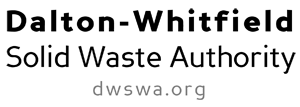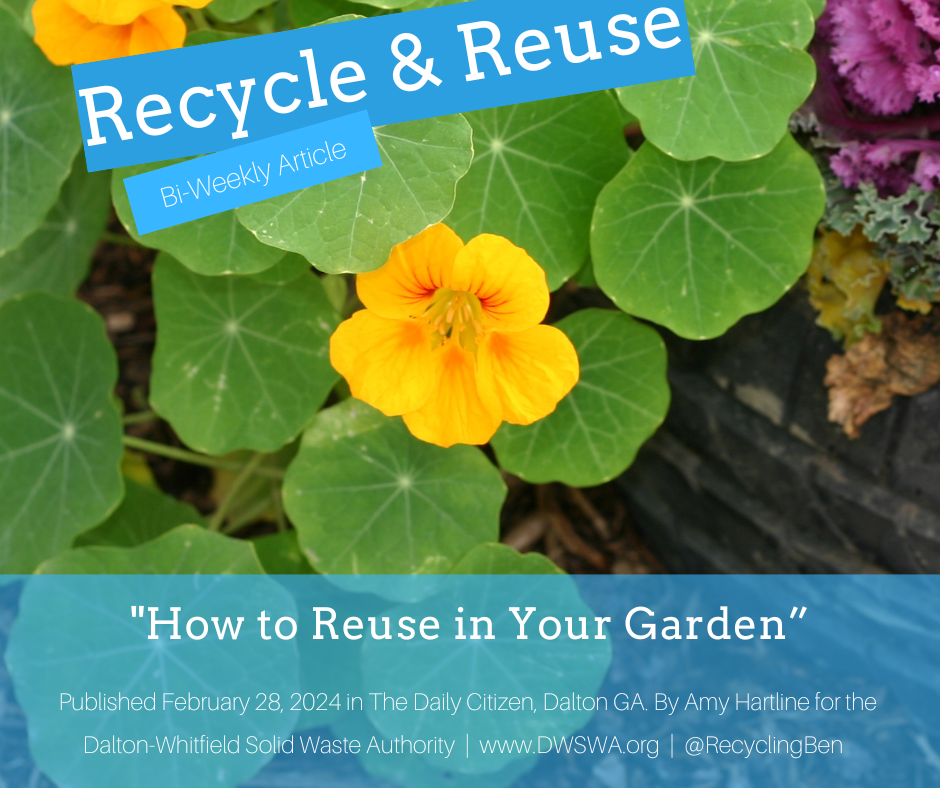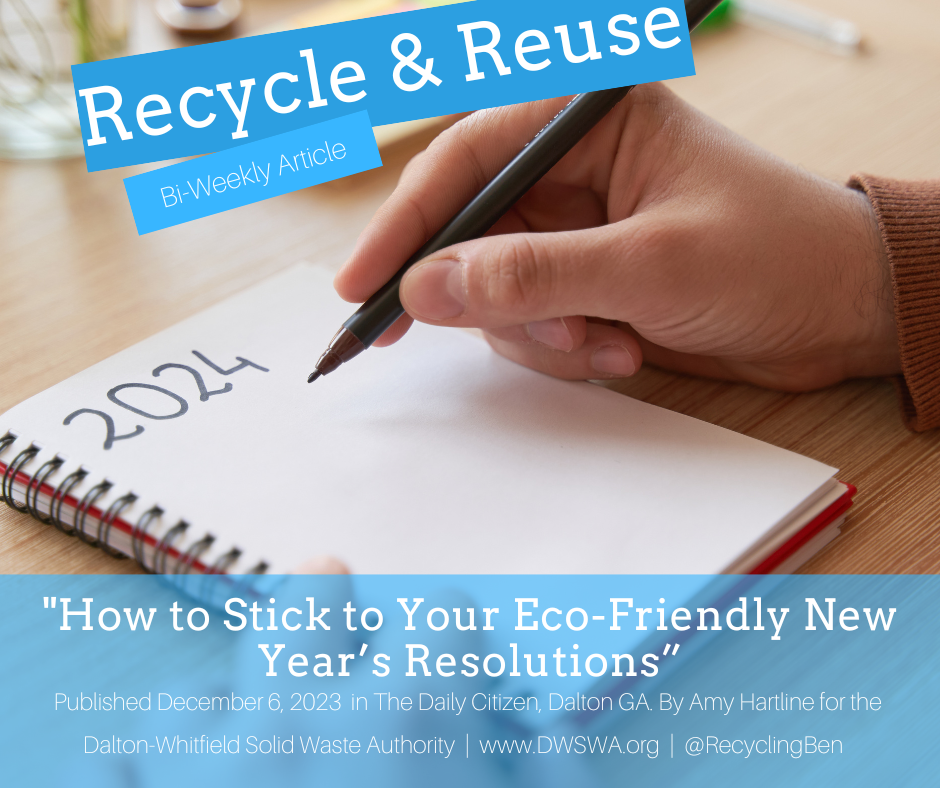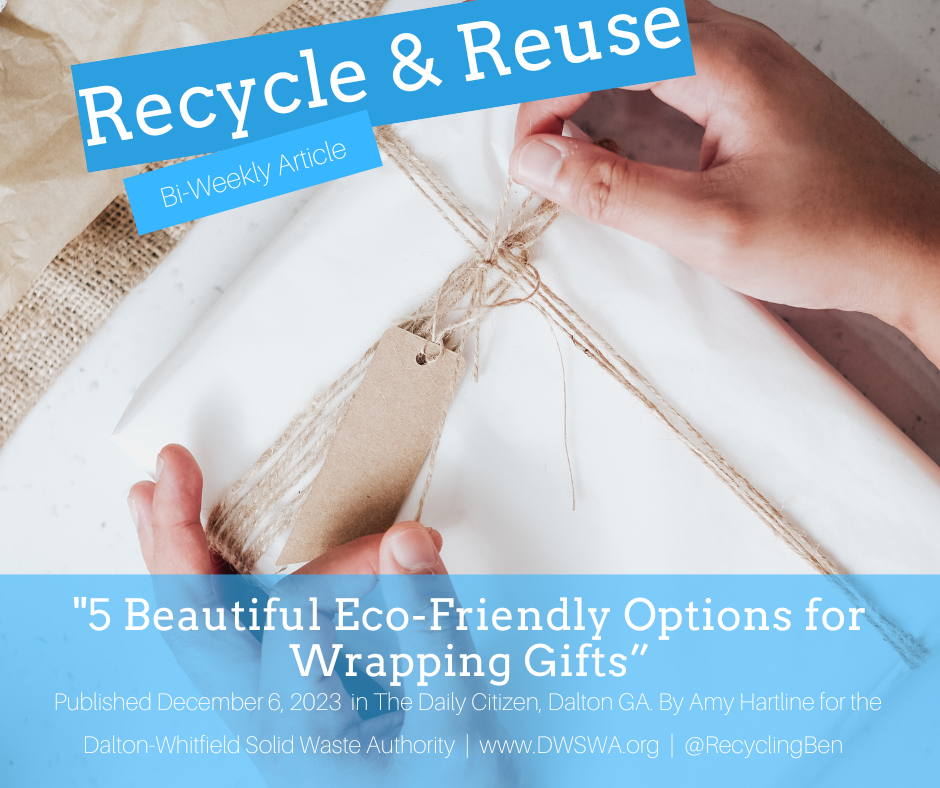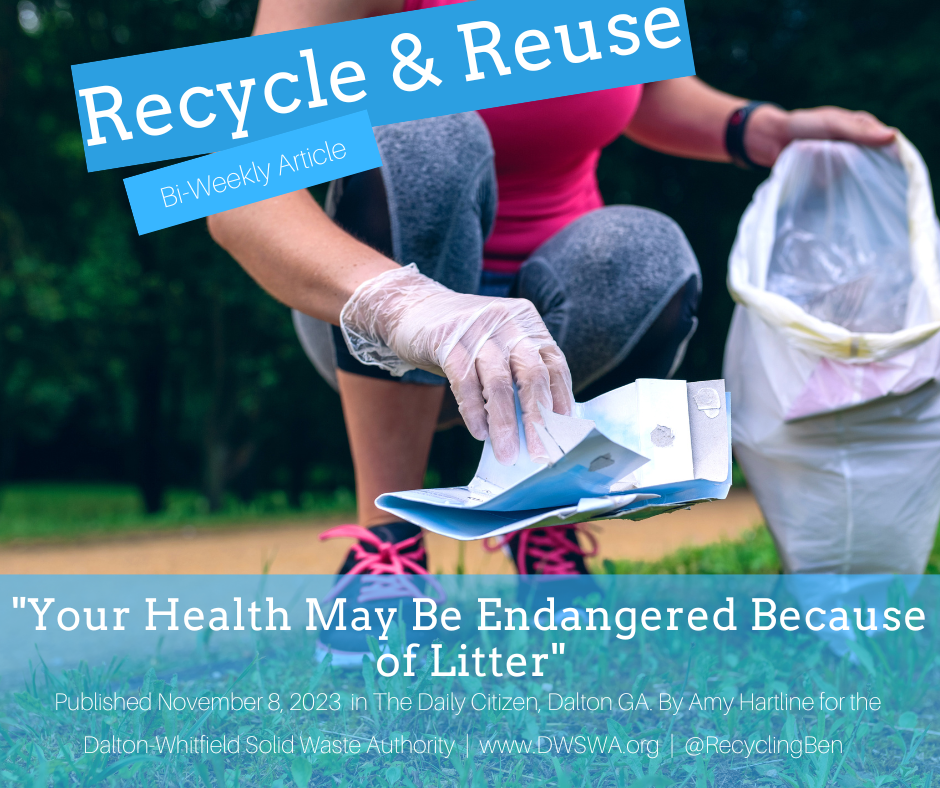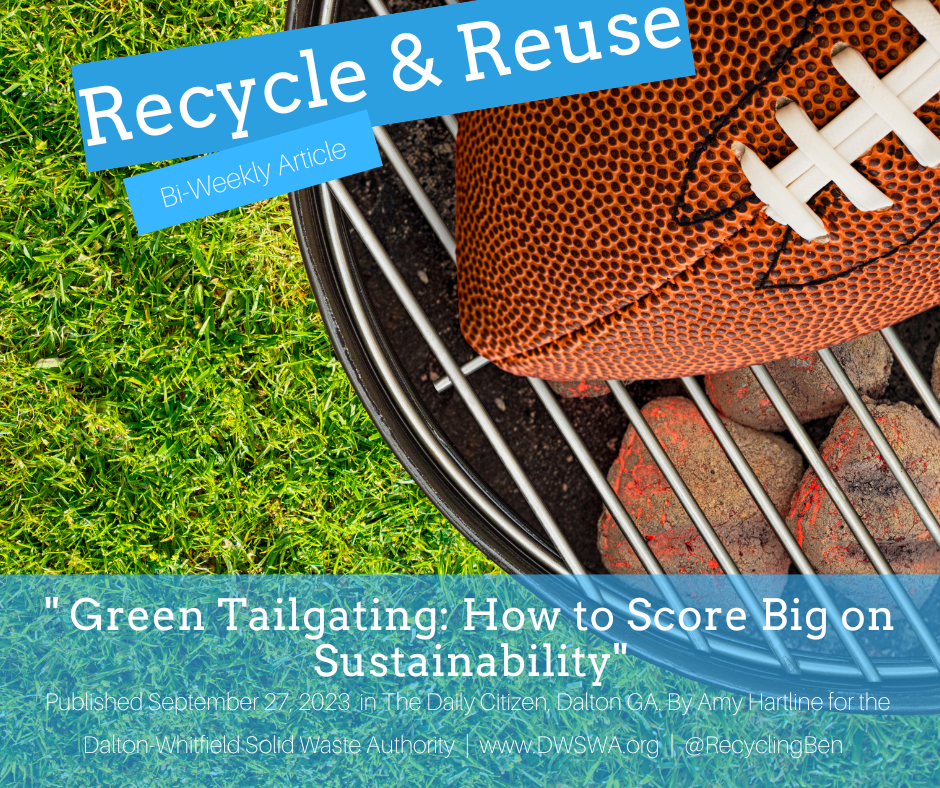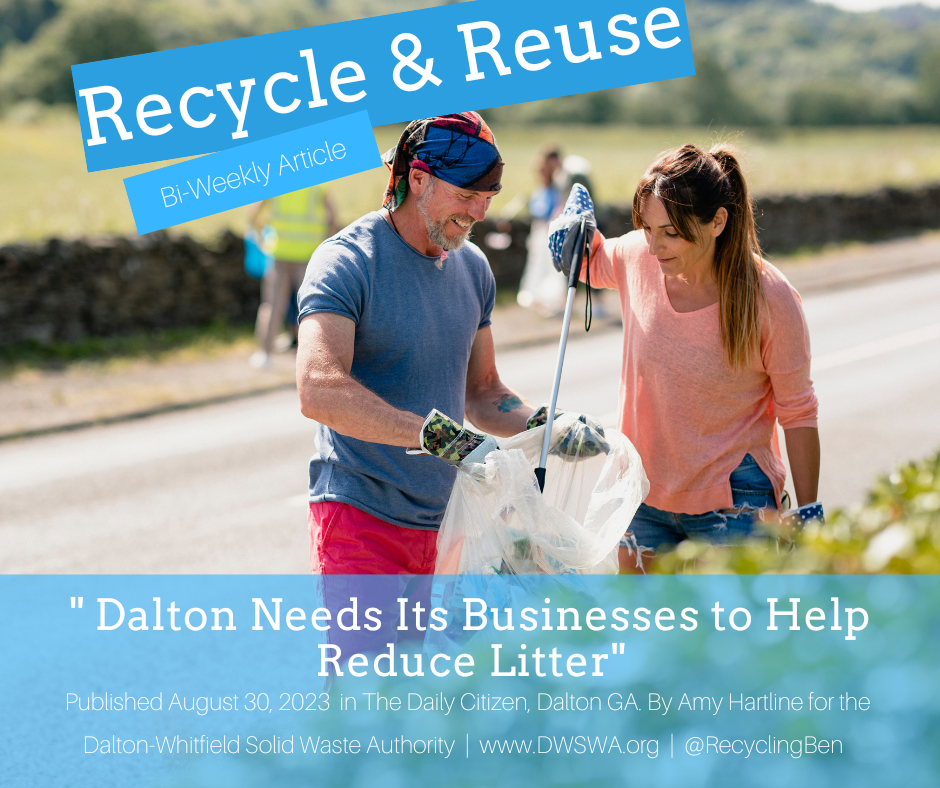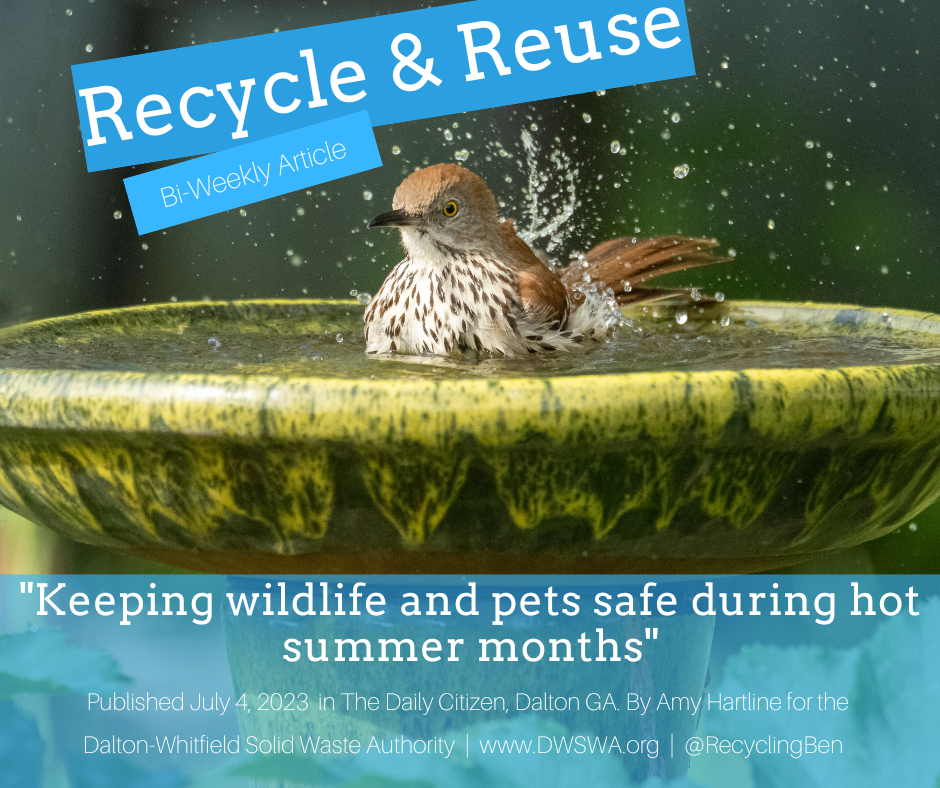Making Back to School Less Wasteful
/Before buying school supplies take an inventory of what you already have on hand. Some items can be reused with little to no alterations.
School starts in just a few short weeks – are you ready? It’s an exciting time of year with all the shopping and planning going on. Students are anxious to see their old friends and meet their new teachers. Among all the excitement it’s easy to forget that it can also be a wasteful time of year. The average American produces about 4.3 pounds of trash per day, add the extra school shopping and that number grows. Over the course of a year, you could throw away the weight equivalent of a dairy cow! Here are ten tips for a less wasteful back to school experience.
- Take Inventory. Before you buy a whole set of new supplies, take some time to go thru your home and do an inventory of the supplies you already have. You may find a box of crayons that is still usable and pages from old notebooks that could be removed and placed in a three-ring binder. Update an old pencil box by decorating it with photos or stickers.
- Organize a swap. Get a group of friends and family together and have them bring in school supplies and clothing they don’t need. When everyone has arrived and the items have been laid out, have participants choose items that will be more useful. A teenager leaving behind their pencils could go home with a new set of pens for example. Or a younger child may choose a cute t-shirt from an older kid. Any items left over could be donated or saved for next year.
- Make outfits with new and old clothes. Wearing a new outfit the first day of school is a serious tradition. But, there’s really no need to buy new clothes off the rack when there are so many thrift stores and consignment stores in our area with high-quality clothing available. Challenge yourself to buy new only if necessary and to be creative making outfits with used clothing. You’ll save some great clothes from being thrown in the landfill.
- Purchase recycled. While the majority of your school supplies are used and sourced from things you already have on hand, there’s inevitably the need to purchase something new. When shopping for new products look for those that have recycled content. For example, rulers made from recycled plastic, or backpacks made with juice drink pouches. It’s easier than ever to find products that use all those items we recycle daily.
- Buy FSC certified paper products. Did you know that paper comes from trees grown in managed forest? When a tree is cut down to make paper and other products three to four trees are planted to replace it. Trees are renewable and sustainable resources when they’re grown in responsibly managed forests. When you buy notebook paper, and other paper products for school, look for the FSC logo from the Forest Stewardship Council who certifies paper products.
- Purchase refills for products. There’s no need to purchase a bulk pack of pens when you can purchase just one. Pens that are refillable can reduce the amount of waste made from throwing used ones away. Same goes for mechanical pencils, ink cartridges, and even small bottles of hand sanitizer.
- Choose products with minimal packaging. When all you need is the product wrapped inside, the excess packaging is a source of waste. While paper and cardboard are easily recyclable in our community, plastic film, plastic clamshells, foam, and twist ties are not.
- Pack lunch in reusable containers. If you plan to pack a lunch for your child, make it a “zero waste” lunch. By using reusable containers instead of individual plastic bags to store food you’ll create less waste. A good quality reusable lunchbox, cloth napkin, and bottle for drinks will last all year. If you decide to brown-bag a lunch, you can also recycle the bag if it’s clean and dry.
- Find out what can be recycled at school. Public schools in Whitfield County are recycling mixed paper with the Target Recycling at School program from the Dalton-Whitfield Solid Waste Authority. Ask your teacher to find out what you can recycle or request a Recycling 101 Presentation by calling the recycling center at 706-278-5001. Make sure your classroom has a paper recycling bin to collect worksheets, poster board, notebook paper, and even old books.
- Walk or Cycle to School. Save gas, reduce air pollution, and even get a small workout when you walk or ride a bicycle to and from school. Instead of sending your child out alone, make it a part of your family’s weekday routine so that adults can benefit from a health boost too. If you can’t walk to school, try carpooling with families from the same school.
